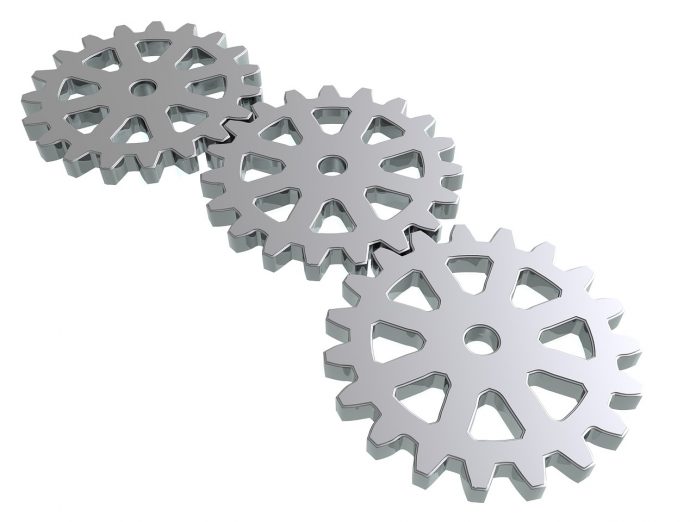Pneumatic cylinders or actuators are an essential part of industrial equipment and machinery. These mechanical devices are used to automate certain processes, such as manufacturing certain products.
Pneumatic cylinders perform linear work thanks to gas or air pressure usage. Air is often preferred over other gases as it is not costly and does not pose a threat to the environment or our health. Some companies also opt for using inert gases, but those are often processed in different ways and are due to stop being useful at some point.
If we want to understand how pneumatic cylinders work, we first need to look at the different parts that compose their structure. There are seven parts in total if we evaluate the traditional design:
- Piston
- Piston rod
- Cylinder barrel
- Endcap
- Seal
- Cushion sleeve
- Wiper seal
Pneumatic cylinders work in a linear motion in the traditional design. However, there are diverse variations out there that can move differently. Hence, it is also possible to find rotary motion pneumatic cylinders.
Now that the parts have been identified to understand how a pneumatic cylinder works, it is necessary to note the difference between the two main types: single-acting pneumatic cylinders and double-acting pneumatic cylinders.
Single-acting pneumatic cylinders
Single-acting pneumatic cylinders only possess one port, which is the area that allows the air entrance. When the air enters, it will push the piston in a single direction, which is the action that gives a name to the device. Then, a spring returns the piston to the initial position.
This type of pneumatic cylinder is better for slower operations due to its lack of stroke length. Additionally, they can work with less air, which results in more efficiency and reduced costs.
Double-acting pneumatic cylinders
Contrary to single-acting pneumatic cylinders, these siłowniki pneumatyczne have two ports. Hence, once the piston goes through the first port, it will then be moved in the opposite direction. This is an “in stroke” and “outstroke” process.
Summary
Pneumatic cylinders can be useful for different industrial processes. As mentioned previously, there are diverse types of pneumatic cylinders, and all of them are useful in specific situations. For instance, you can find rotary actuators, which are double-acting and grant an angular motion.
Actuators cannot work on their own, though. You will also need different pieces of equipment, including mounting systems. Some factories may also include detection systems so the operator can position the device in an optimal way. Additionally, it’s also a good idea to include a pressure regulator. This will allow the operator to manage the air pressure. Like this, there are many other accessories that may make the use of pneumatic cylinders safer and more efficient.
The usage of pneumatic cylinders is deeply linked to the needs of the company. These mechanical devices are mostly found as part of manufacturing factories and similar places.



















